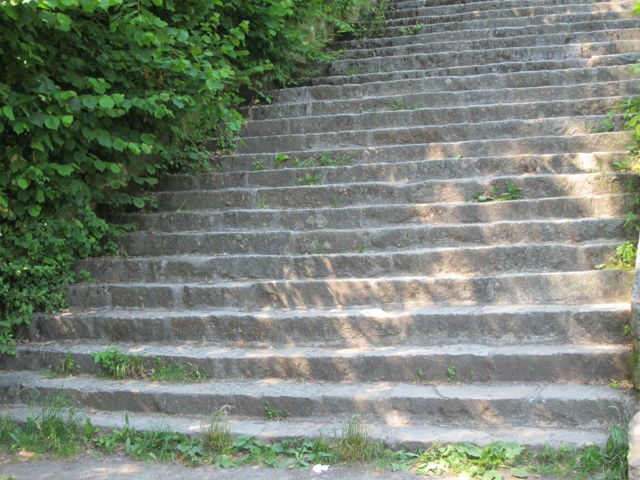Traveling 3,000 miles through six countries, the Netherlands, Germany, Poland, Hungary, Austiria, & the Czech Republic on a bus for 11 days is not everyone's idea of a fun vacation. This was not supposed to be fun. i knew exactly what I was getting into (well at least sort of/mostly). This was an educational trip with good friends touching history by traveing with a person who lived it.
That would be 90 year-old Cor Sujik. More & more Marv & I realize how blessed we have been by spending time with the Holocaust survivors & speakers who have come to La Crosse to speak to our community & Holocaust Educator Workshops at Viterbo University & have allowed us to touch history. Now I add Cor to that group. He is a gentleman with distinguished, silky, white hair who showed up every single day in a long-sleeved white shirt. He was a slow storyteller, & sometimes when I was blogging away, I would ask Dana to summarize to make sure I got all the details right. She would sum up a 40-minute story in a minute or so, but I came to appreciate his slow cantor filled witih pauses & repetition. We got to re-live & learn history by hearing his stories & gained many vaulable lessons along the way. Cor is a true hero,
This leads me to his son & partner Joop who is 57. He is total kindness & could not do enough to accomodate our needs which meant being flexible.. He was our tour driver & organizer, & all-around good guy. Watching him with his father was watching love in action.
Our accomodations were above & beyond what we expected. Both Cor & Joop wanted so to please & they pampered us to no end. Our hotels, most four & five-star, were always right near the city center so we could safely walk among the proud, ancient buildings. Our meals were great. Our breakfasts & dinners, always feasts, were included. We were supposed to buy our own lunches & beverages but we were treated to several lunches, & in 11 days, we only bought our evening beverages once.
A huge thank you is owed to friend & fellow Holocaust educator Ellen Bisping who has done the trip seven times. She has spoken so highly about her trip experiences & let us know that Cor was only doing this tour & another in Sept. before he retires which convinced Dana, Lolle & me that we had to go now. Two other members of the Midwest Holocaust Education Consortium with us, Lisa Muller & Bill Younglove who have done the trip also gave rave reviews.
I would not have gone on this journey without the backing of my Marvelous Marv who as usual encouraged me to "Go for it!" He is truly the wind beneath my wings.
Traveling with dear friends Lolle & Dana was a dream. Dana was a great roommate & was always positive & eager to help in any way possible. The tour group was a good bunch & included a few characters; I always enjoy characters. I liked the age range of the oldest at 72 to our youngest at 29. I still cannot believe that nine members of our group were not Holocaust educators but chose the trip because of their interest in the Holocaust.
Cor, Dana & me in Budapest
Dana & Sarah Hudgins in Budapest
Molly Menton & me in Budapest
Dana & Cor in Krackow
Meghan Doe-Almeida & Helen Herndon in Salzburg





































